|
Yes, it's almost that time of the year when the Japanese go crazy over sakura, the cherry blossom. If you walk into a supermarket or convenience store, you'll notice sakura latte, sakura labelled beer, sakura cookie, sakura wine, sakura dessert, sakura ice cream and so on.
I'm no exception and I can't resist making sakura sweets this time of the year. I just love the sakura scent which actually comes from the leaves and not the blossom. You can make sakura sweets using the sakura blossoms that are preserved in salt, or use the freeze dried flakes.
0 Comments
Those of you who have experience in cooking Japanese cuisine may be familiar with a popular condiment, mirin. Mirin is a sweet rice wine made with glutinous rice. It has been around from the 15th century and consumed as a luxury sweet wine among women in the Edo period. Nowadays, mirin is mainly used for cooking but a good quality mirin is also nice to drink on its own.
Along with soy sauce, sake, and miso, mirin is one of the standard condiment that most homes would have in the cupboard. The role that mirin plays in Japanese cooking is very diverse.
If you would like to use mirin as a sweetener, just boil the mirin down to half the quantity until you get a syrupy consistency and keep it in a clean jar. This is called Nikiri Mirin (Boiled down Mirin) The alcohol has burned off, so you can use it for children too. It is advisable to use a good quality mirin (usually darker in color) for this. For more info on mirin, please visit, Mikawa Mirin's website. Ginger is a popular ingredient in Japanese cooking and its been used in my class numerous of times. I always tell my students the best way to preserve ginger as it usually dries out pretty fast in the refrigerator.
The trick is to drop it in a jar, cover it with tap water, put the lid on and keep it in the fridge. This way you can keep it fresh for up to 1 month. You will know when it's bad as it will become too soft to use. In time of use, just take it out of the water and use as much as you need and return the rest in the jar. You will need to change the water every time you use it as it gets mucky. It's October already, and the city now is filled with Halloween Decoration. The Halloween has become huge in the recent years and you will see loads of people dressed in costumes in Shibuya on Halloween night I think this has to do with the popularity of SNS here in Japan, where people can easily post what's happening real time.
For me, it's time to make pumpkin pie. If you hadn't checked out my Tofu Pumpkin Pie recipe, please go to my recipe page, and here you will see a very easy to make healthier option of the traditional American pumpkin pie. Happy New Year to you all. Last year has been an amazing year with increasing visitors to my cooking class. I had never thought of welcoming so many people in my house! It has been a great experience and I do hope I will be contributing to increasing more Japanese Cooking Fans this year too.
We visited Taiwan for Christmas (and I hope to write about this trip in my blog someday soon) so I hadn't been able to plan in details about the Osechi (New Year's Feast) but managed to prepare a couple of dishes on my own. Each dish symbolizes good fortune and Haruka Masumizu has written a great article on Japan Today explaing it, so if you are interested, please take a look. - Kohaku Namasu (Red & White salad) - Date maki (Sweet Egg Roll) - Kuri Kinton (Mashed Sweet Potato with Chestnuts) - Tazukuri (Candied Baby sardines) - Stewed Kinkan (kumquat) - Tamagoyaki - Roast Beef - Stewed Root Vegetables - Grilled Shrimp The store-bought dishes are Kuromame (sweet black beans), Kamaboko (fish cake), and Kobumaki (Rolled kelp stuffed with salmon) The reason much of the dishes are so sweet is that they are to last for a few days so that we had something to eat when the stores were closed during New Years. Actually I didn't put so much sugar in my osechi, The shrimp has been pan fried in garlic oil instead of boiling it in sugary water and I put cream in the mashed sweet potato instead of the liquid candy. The root vegetables that are tratditionaly stewed in fish broth and soy sauce have been stewed in garlic and tomato for my version. Roast beef is not a typical Osechi dish but it's something my children will prefer. I think the only typical dish missing in my osechi are the Kazunoko (Herring Eggs), which my parent's usually send over. This year they didn't as they thought we would be in Taiwan. The red and white salad has less sugar in the dressing which is nice to eat with a drizzle of olive oil. My regular student Anna Jassem has written an article on Japan Today which includes my recipe for this salad. Konnyaku, also called the devil's tongue is a jelly like food, made from the corm of a konnyaku plant, we call it Konnyaku potato. It's very popular in Japan as it is full of dietary fiber and it cleans our intestines. It also has no calories and it is used in place of noodles (This type of konnyaku is called shirataki)
The konnyaku has a very odd smell which must be removed before cooking, usually by boiling it. But, other day I was watching a TV show which showed a totally new way taking out the smell from konnyaku. By thinly slicing the konnyaku and placing it in ice cold water for 2 hours will remove more smell than from boiling it. Test results showed that if the smell of the konnyaku is 10, by boiling it for 10 minutes, it will go down to 3, but by placing it in ice cold water, it is cut down to 1.7! This is really breaking news! So here is a low-calorie starter using konnaku: Konnyaku Carpaccio Ingredients (serves 2) Konnyaku: 1 block Sesame Oil : 1-2 tsp Naganegi Onions : 8cm or 2-3 Spring Onions. Salt & Pepper 1 . Slice the konnyaku into 3mm thickness and place it in a bowl of ice cold water for 2 hours in the refrigerator. 2. Cut the Naganegi Onions in half (4 cm in length). and slice it thinly length-wise. If you are using spring onions, finely chop it. Drain the Konnyaku and arrange it on a plate. Place the Naganegi Onions, drizzle the sesame oil and sprinkle the salt and pepper. 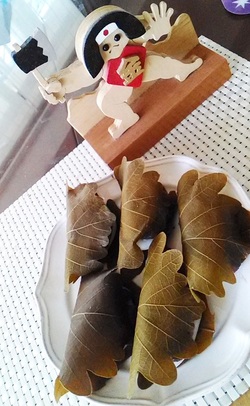 This day Traditionally is called the ”Tango-no-sekku端午の節句”, (Boy's Festival), which is day to wish the growth of the boy in the family. Koinobori (carp streamers) ,the symbol of strength and courage, were flown outside to tell the gods that there is a boy in the house and ask for blessings and miniature suits of armor were displayed inside the house in hope of healthy growth of the boys. Celebrating Tango-no-sekku still remains, but Children's Day is celebrated in hope of healthy growth, happiness, and prosperity of both boys and girls. And it is the tradition to eat rice cakes wrapped in oak leaves (kashiwamochi 柏餅) and sweet rice wrapped in bamboo leaves (chimaki -粽). The oak leaf is a sign of prosperity as it does not fall off from the tree branch. And the chimaki comes from the tradition of throwing in the chimaki in the river as a memorial service for the deceased. On this day we bathe in a tub with iris (shoubuyu 菖蒲湯) The iris is said to keep away the evil spirits, therefore used to be hung under the roof and used for bathing. The iris leaves also resemble a sword and was used for sword fights among children. You may have noticed the Iris flowers in Supermarkets in Japan during this season. Actually, the Japanese name for iris, "shoubu" sound the same as the kanji ”尚武” meaning to "respect martial arts", so since the Kamakura Era, we displayed the samurai's armour or helmets to celebrate the birth of a boy. I got a call from one of my students to make a Hinamatsuri Chirashizushi (scattered sushi for Girls Day celebration) for her daughter's birthday party. Usually, making Chirashizushi is easy if you can use the ready-made sushi mixes that contain cooked root vegetables. However, my student is allergic to gluten, so the sushi filling had to be cooked from scratch, which is not difficult as long as you have tamari soy sauce which is a soy sauce that is made only from salt and soy beans. Also, the pretty pink sakura denbu, that gives a nice touch to the girls day feast often contains soy sauce (which contains gluten). In case you cannot find gluten free denbu, it can easily be made by boiling a piece of cod then mixing it with sugar and food coloring in a frying pan until it becomes flaky and the moisture has dried out. And last, most of the salmon roe you see on the market is marinated in soy sauce (醤油漬け)so, you need to get one that is salted (塩漬け) in order to make it gluten-free. The Chirashizush is often eaten with a bowl of clam soup. This is because the size and shape of the pair of shells of one Hamaguri Clam will never match with the other clams which is the symbol of a lasting marriage. It is a tradition to put two flesh in on clam in the clear soup for the Hinamatsuri Feast. With two boys, I though I would never have the opportunity to make a Hinamatsuri Chirashizushi, so it was great fun. Hope they like it! 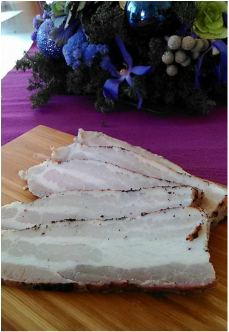 I never liked the taste of Japanese bacon as it isn't so different from ham. And even more dislike the fact that it contains so many ingredients that I have no idea what they are. So if you are keen on eating healthy make your own bacon. Not only is it healthier, it tastes much better and it is so much cheaper! All you need is a block of pork belly, salt, tea leaves and an oven! (If you don't like the smoked flavor, you can omit the tea leaves. ) 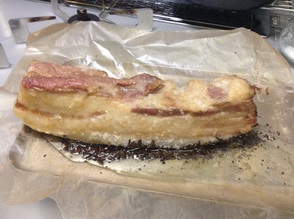 This is what it looks like out of the oven. This is what it looks like out of the oven. Ingredients
Directions
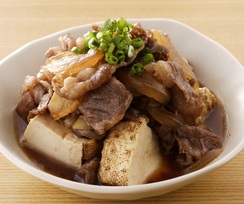 Now that school has started any i've recovered from my cold, I've finally had a chance to update my Tokyo Grocery guide. I've added how to shop for Tofu and a popular recipe for cooking Tofu. This tofu is cooked in broth so you don't need to drain it. It's easy and all you need is about 15 minutes to cook so I hope you all give it a try. The better quality beef you use, the better it will taste (well obviously) but if make sure you don't overcook the meat as it may become too tough. You can also make it with pork. Happy Cooking! Nikudofu (Braised Tofu and Meat) Ingredients (For 2- 3 servings)
1. Cut the tofu into 6-8 pieces. Cut the Onion into 6 wedges. Cut the Beef in 1 inch strips. Chop the spring onions. 2. Mix the dashi, mirin, soy sauce, sugar and sake in a medium size pot, and add the tofu and bring to boil on medium heat. Once it starts to boil, add the onions and place a drop lid on it. Simmer for 6 -7 minutes. 3. Take off the lid, Move the tofu to one side and add the beef and loosen it with your chopstick so it doesn’t stick together. 4. Cook for about 2-3 minutes. Remove from heat and transfer to a serving bowl, Garnish with Spring Onions. |
AuthorI'm Miyuki and I teach Japanese Home cooking at my home in Tokyo. Archives
February 2021
Categories
All
|
service |
Information |
© COPYRIGHT 2015. ALL RIGHTS RESERVED.
|

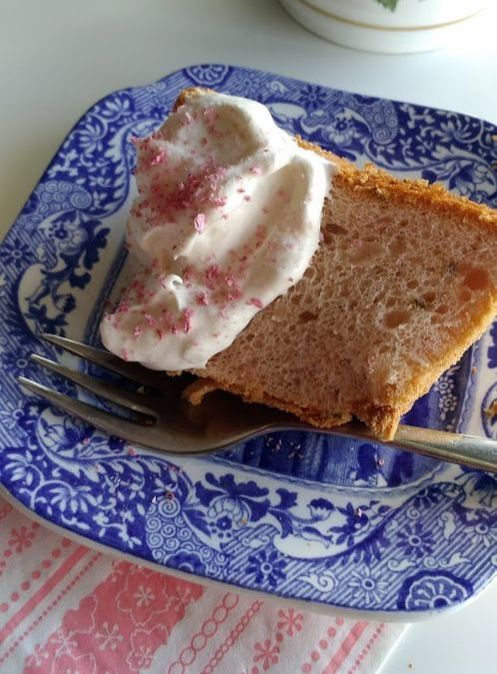
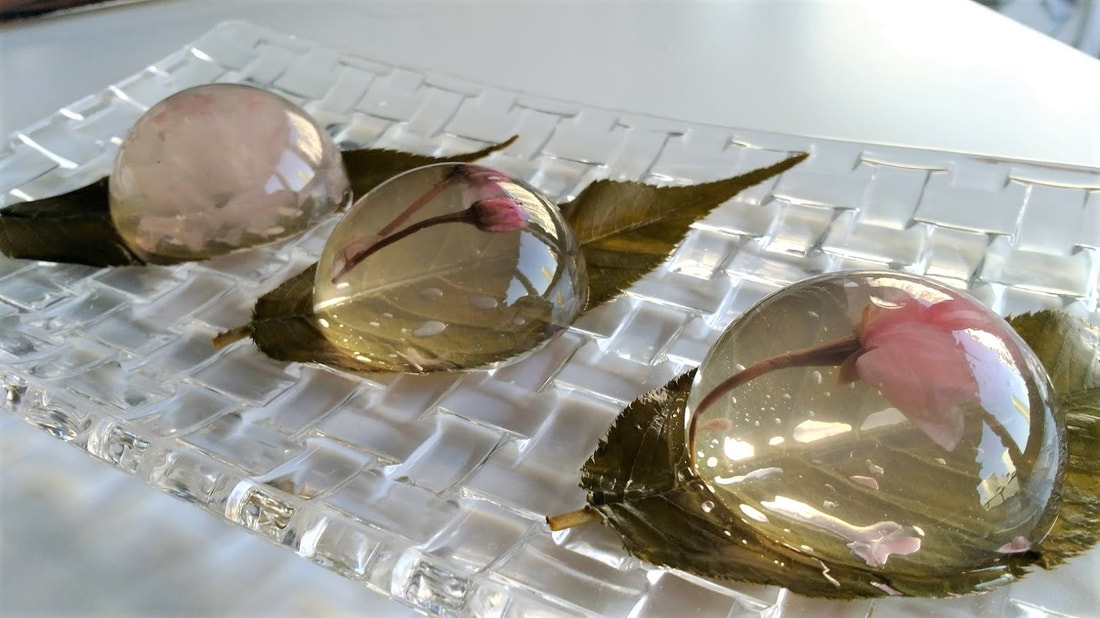
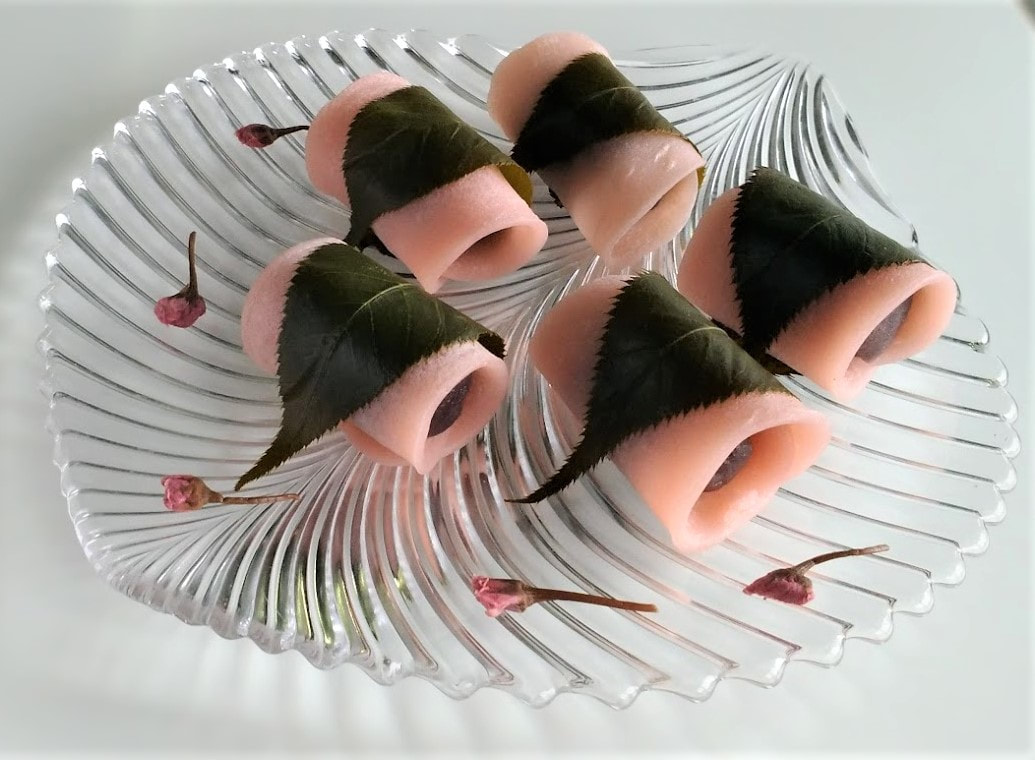
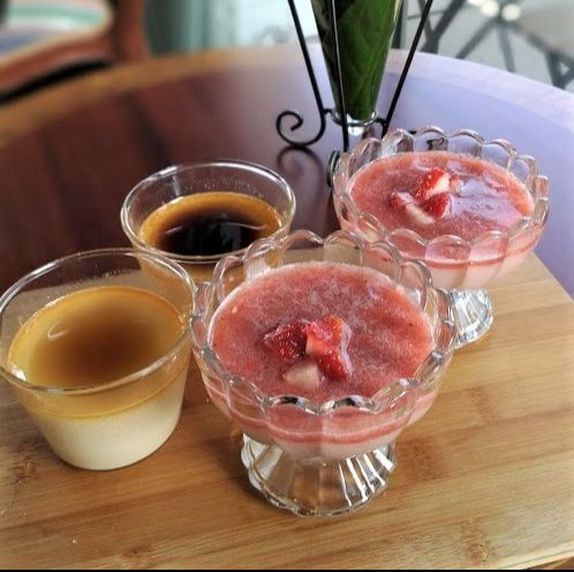
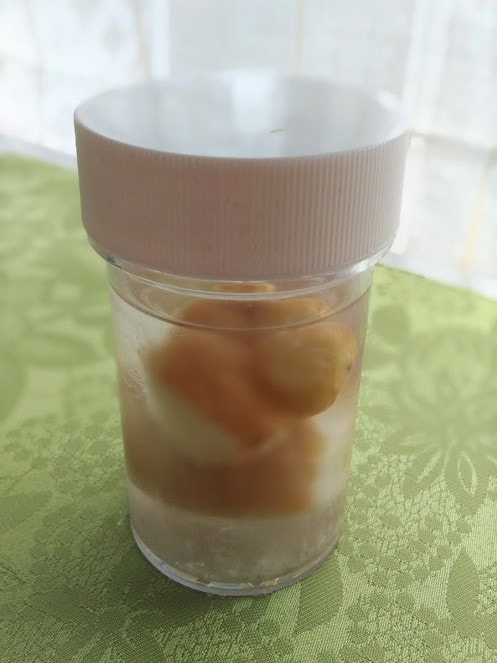
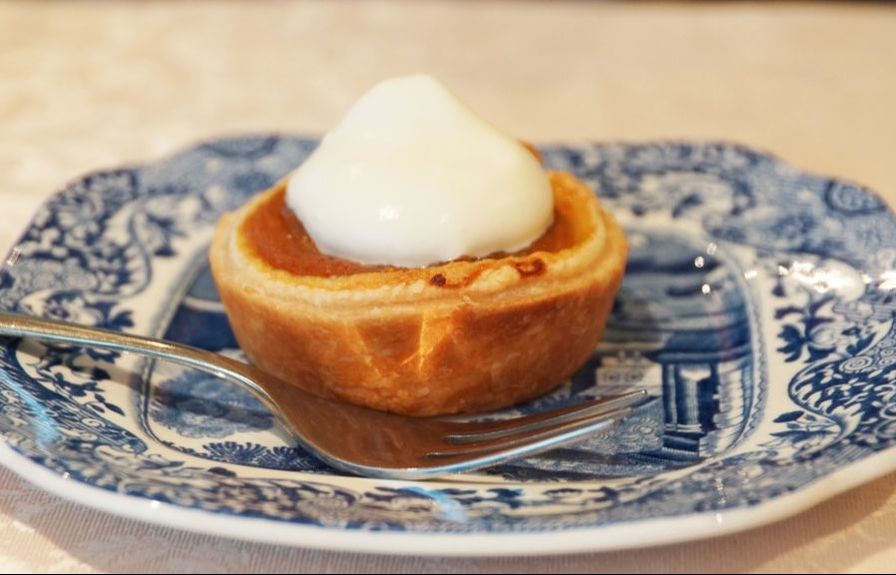
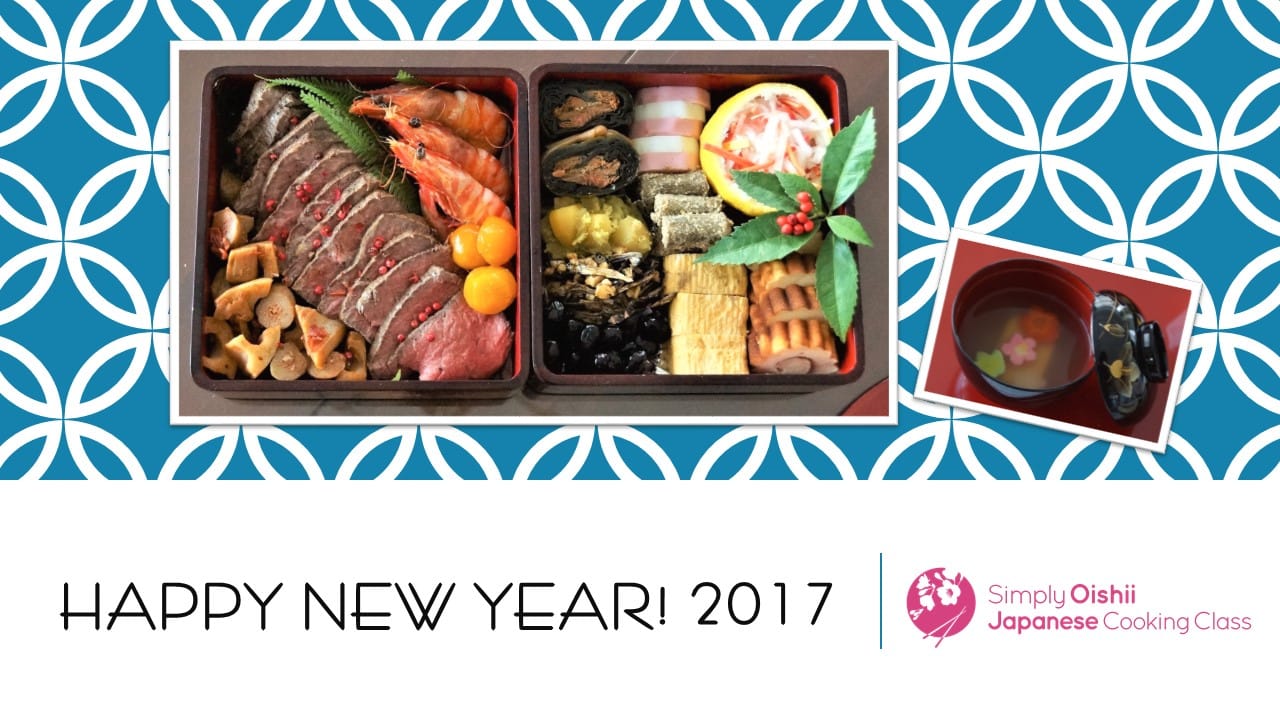
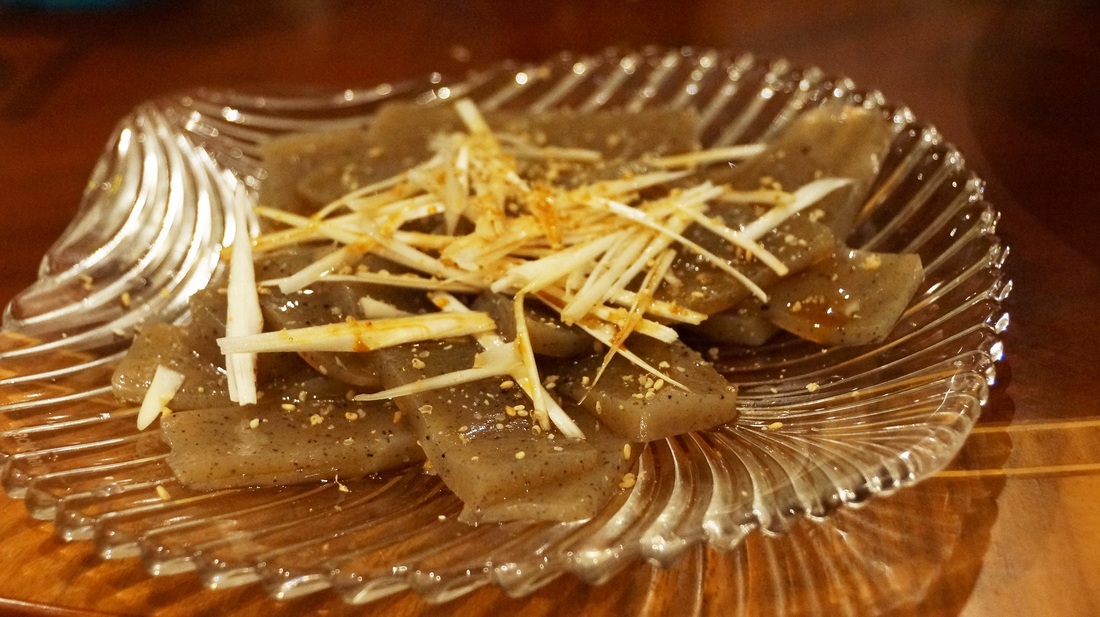

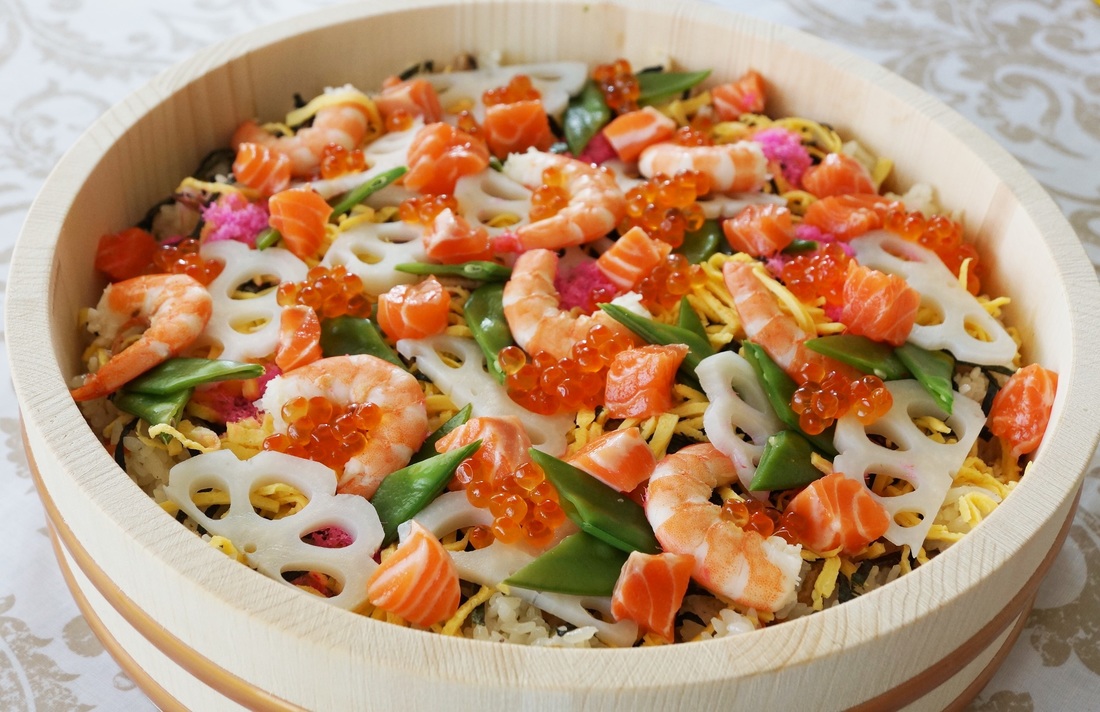

 RSS Feed
RSS Feed
